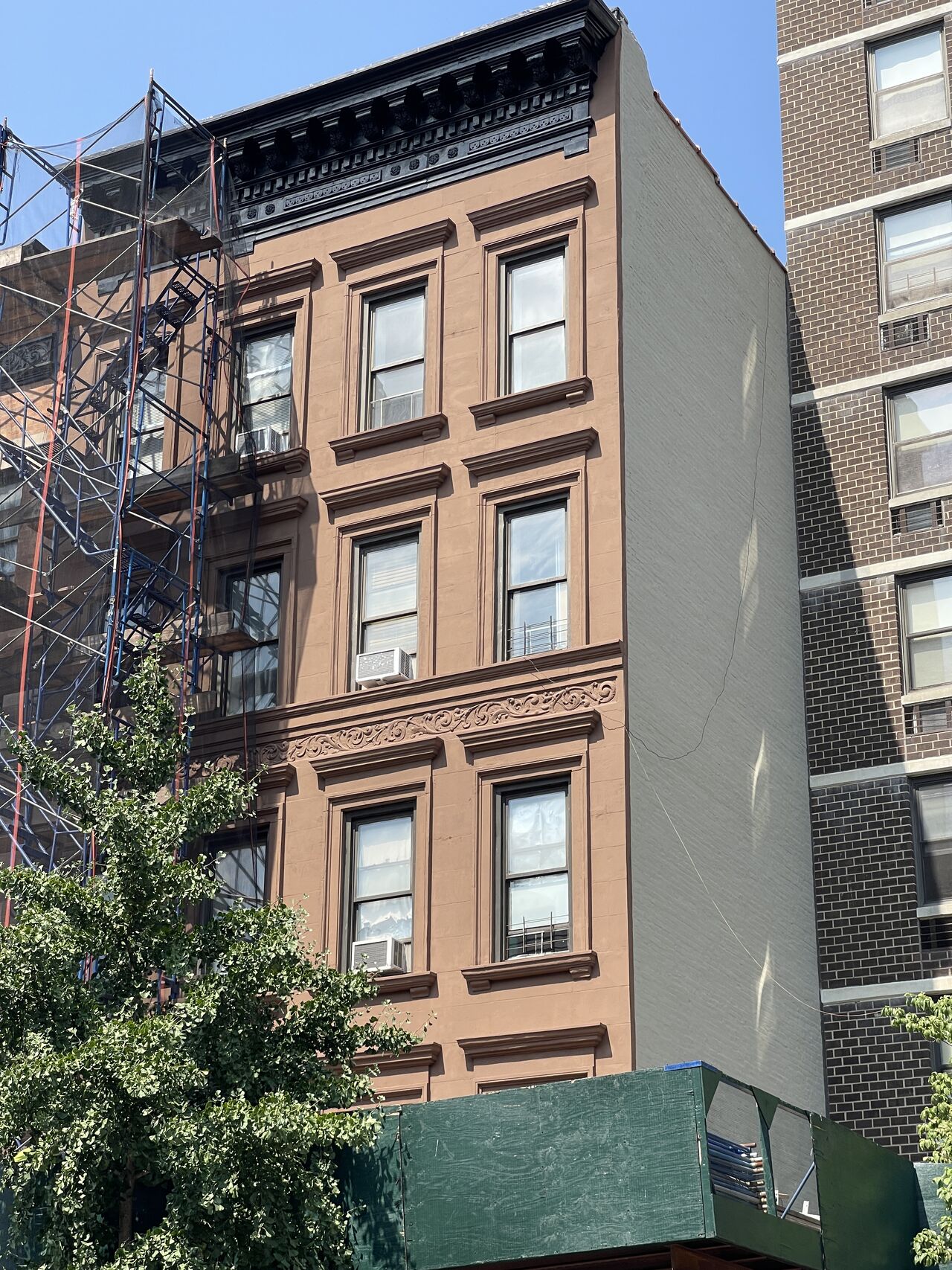Exploring the Purpose of Cornices in Architecture
28 April 2024
Exploring the Purpose of Cornices in Architecture 🏰✨
Have you ever noticed the elegant, projecting features adorning the tops of buildings? These architectural elements, known as cornices, serve a range of functional and decorative purposes in the design of structures.
- Functional Role: Protection from the Elements
Cornices play a crucial role in protecting buildings from the elements. By extending outward from the facade, cornices help deflect rainwater away from the walls, preventing water damage and erosion. This feature is particularly important in regions with frequent rainfall or harsh weather conditions. Additionally, cornices can provide shade to the building’s upper levels, helping to regulate interior temperatures and reduce sun exposure.
- Concealing Building Components
Beyond their protective function, cornices serve a practical role in concealing structural components or transitions between building materials. They can hide rooflines, gutters, and other architectural details, creating a cleaner and more cohesive appearance for the building. By camouflaging these elements, cornices contribute to the overall architectural unity and visual appeal of the structure.
- Redirecting Water Drainage
Cornices are designed with sloped surfaces that help channel rainwater away from the walls, reducing the risk of water infiltration and moisture-related damage. This redirection of water also minimizes staining and erosion on the exterior surfaces, contributing to the longevity and durability of the building.
- Structural Support and Stability
In certain architectural designs, cornices may serve structural purposes by providing additional support and stability to the roof or upper portions of the facade. Certain types of cornices, such as bracketed or modillioned cornices, can distribute the weight of the roof more evenly and enhance the structural integrity of the building.
- Architectural Aesthetics: Enhancing Visual Appeal
Beyond their functional benefits, cornices are celebrated for their aesthetic contributions to architecture. These decorative elements add character and visual interest to building facades, distinguishing architectural styles and periods. Cornices can range from simple projections to intricately detailed designs, reflecting the craftsmanship and artistic sensibilities of their time.
- Historical Significance: Symbolism and Style
Throughout history, cornices have been used to convey symbolism and represent cultural motifs. In classical architecture, cornices often featured elaborate motifs such as dentils, modillions, or friezes, showcasing the craftsmanship of ancient builders. In more contemporary contexts, cornices continue to be incorporated into modern designs, adapting to evolving architectural tastes while preserving a link to tradition.
What’s your favorite architectural detail? Share your thoughts below!
#Architecture #Restoration #HistoricPreservation #NYCArchitecture #UrbanRenewal #PreserveHistory #BuildingRestoration #Cityscape #HeritageBuilding #ArchitecturalHeritage #UrbanRevitalization #StructuralIntegrity #LandmarkPreservation #SkyscraperLife #IconicBuildings #ArchitecturalMarvels #NYCDesign #UrbanArchitecture #RestoringNYC #BuildingHistory #BuildingOwners #propertymanagers


